The Mascarene Report
Quick Geography Lesson
We had some trouble explaining to people where we’d gone this time, and why. The first question is explored in this report. The second is discussed in various philosophical and psychological textbooks; if you’re too lazy to read them, feel free to come up with your own explanation.
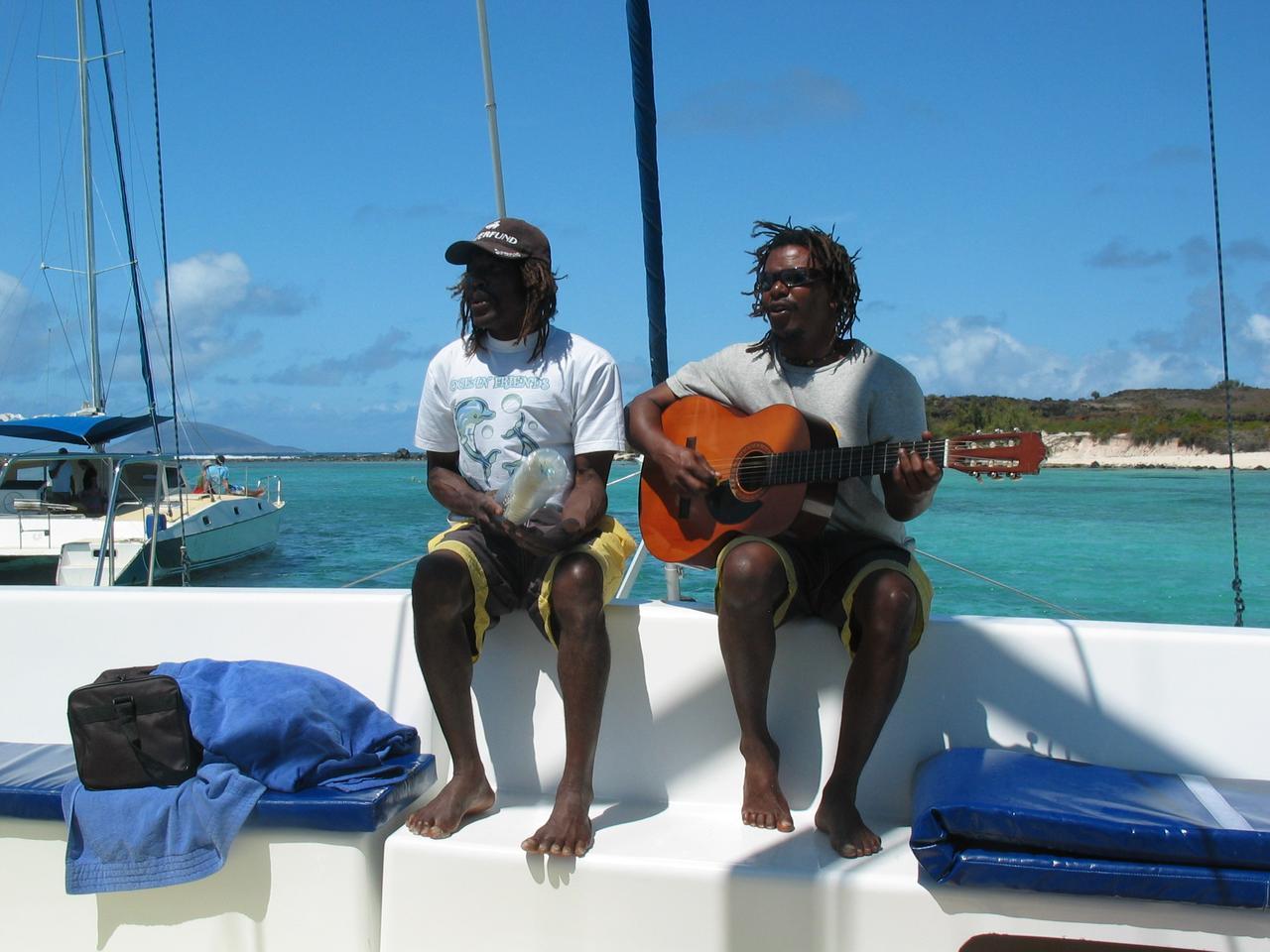
Our destination was the islands of Mauritius and Réunion, collectively known as the Mascarenes. The area of Mauritius is about 2,000 sq. km, while Réunion is a bit larger. For comparison, Israel’s area is either 20,000 or 28,000 sq. km (depending on your political views), about half of which is desert. The population of Mauritius and Réunion is about 1.2 and 0.8 million people respectively, so for that “deserted island” experience it’s best to go elsewhere.
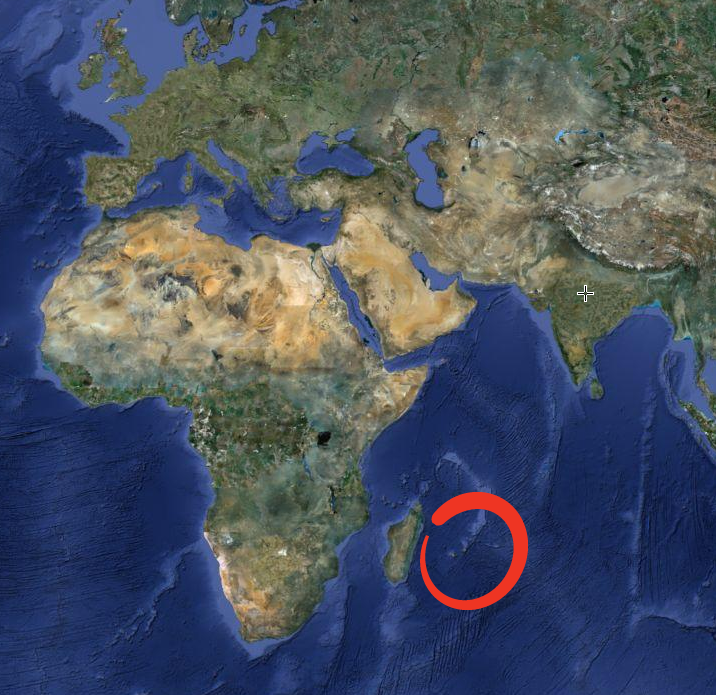
No one had much use for the islands until the Europeans started conquering (and trashing) the planet for the Greater Glory of Whatever Despot Happens To Be In Power. Starting from the 17th century, they brought in African slaves - and later Indian almost-slaves - to grow sugar cane and other crops. Today, Réunion is an overseas territory of France, with a poulation consisting of Africans, mainland French, and everything in between. Mauritius is an independent nation with a (usually) happy mix of Indians, Africans, and French. Prices in the islands are not always cheap, but definitely not in millionaire-playboy territory. Our costs for a double room including breakfast ranged between €35 and €80 (and that was for a huge beachside “sunset room” overlooking the best scenery on the island). A full-day boat trip costs around €30 per person.
Holy Mary Poppins
Piton de la Fournaise (Furnace Peak) is a huge active volcano in Réunion. It erupts pretty regularly and gives the locals something to fuss about. To our great distress it did NOT erupt during our visit. In fact, when we drove up the mountain to stay a night at the Gite du Volcan, it was so thoroughly covered in cloud that we couldn’t see 20 meters ahead. Well, maybe next time...
In April 2007 a major eruption sent flows of lava down the mountain and into the sea, covering the main road around the island on the way. As of Oct 2007, The road was still closed. For some reason, the authorities in Réunion see this not as a potential tourist attraction, but as a serious transportation problem. Construction crews are on site trying to rebuild the road, just like they did back in 2004, and 2002, and 1997, etc etc...
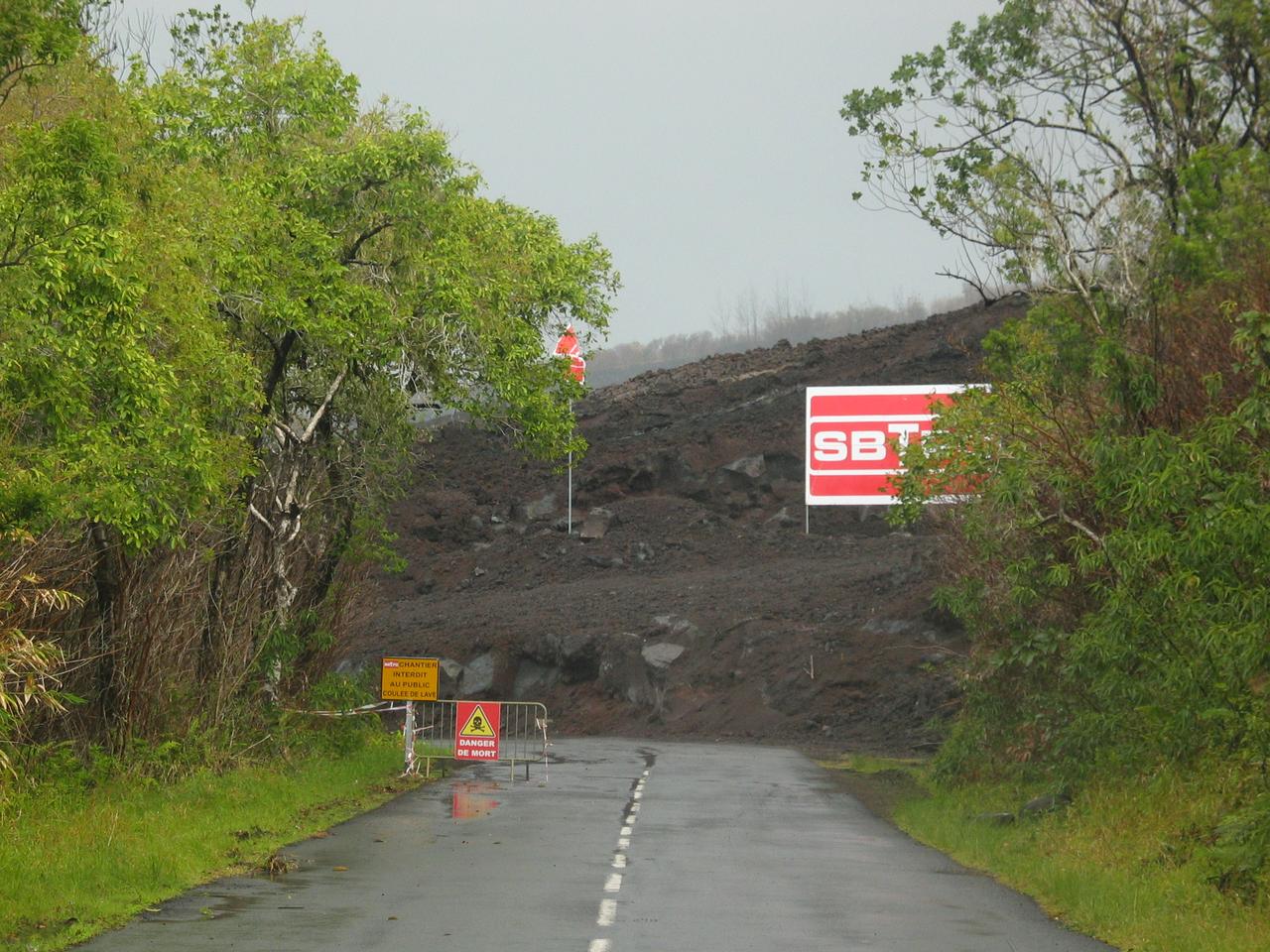
La Vierge au Parasol is a famous statue of the Virgin Mary under an umbrella, presumably trying to protect herself from the volcano (like Wile E. Coyote in the Road Runner cartoons!) In 2002 the statue was evacuated shortly before it would have been covered by red hot lava, and many of the island’s Catholics converted to Hinduism (or not).
Unholy Levantine Tourists
Our first destination in Réunion was the town of Hell-bourg, named after the famous governor Anne Chrétien Louis de Hell. Most people in Réunion don’t find the name funny or strange. That’s because they don’t speak a word of English. It’s either French or hand gestures, mate! Actually their native language is a French-influenced Creole, but they all speak normal French (with a funny accent) as well. In Mauritius the situation is more complicated, but simpler for the francophonically-challenged. The official language is English, and everybody speaks it reasonably well. Amongst themselves they speak either Creole or French.
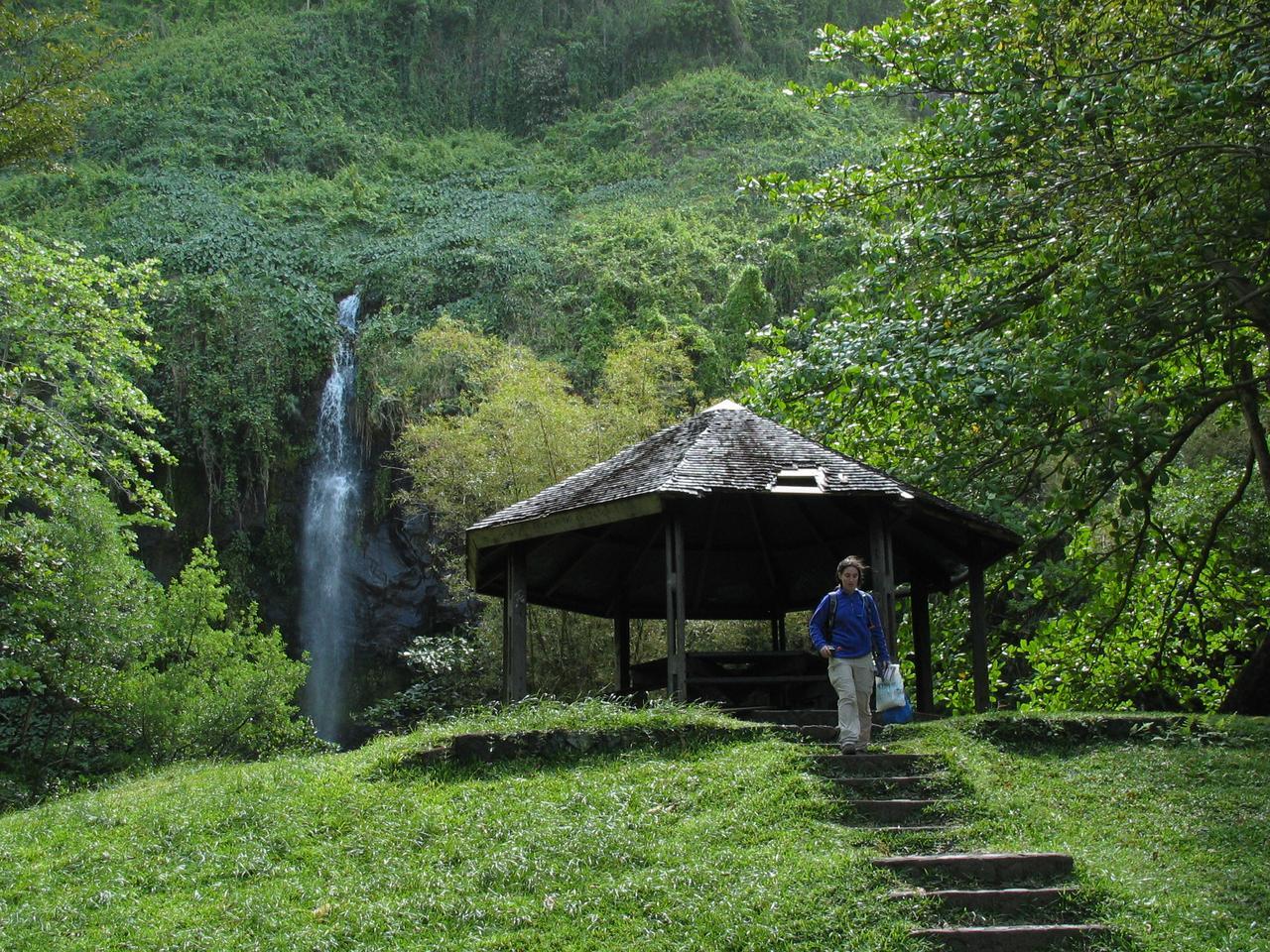
But back to the subject of Hell. In a lovely picnic spot on the south coast of Réunion we were approached by an elderly woman. After a short interview, she proceeded to give a lecture explaining how all the world’s ills - from disease to war to global warming - result from the work of Le Diable. Of course the only way to fight the influence of the devil is to accept Christ the savior, yadda yadda yadda. Dana was wearing a look that was supposed to convey “What the f***”, but looked more like “Oh, this is very interesting, please go on!” Eventually Ron cut in and said that we’re not interested, at which point we were both immediately identified as “Complices du Diable”. Ron confirmed that we were, in fact, in league with Satan, which got her promptly off our backs. We ended up calling each other “Accomplice du Diable” for the rest of the week.
It turns out that someone had videotaped the crackpot, the sermon and the setting, and put it on the net. Now you can learn all about how the entire French political elite are “Complices du Diable”.
Croc, Monsieur
La Vanille is an interesting farm/zoo on the south coast of Mauritius. You can (and we did) eat sweet-and-sour crocodile salad, learn about tropical flora and fauna, and get up close with giant tortoises.
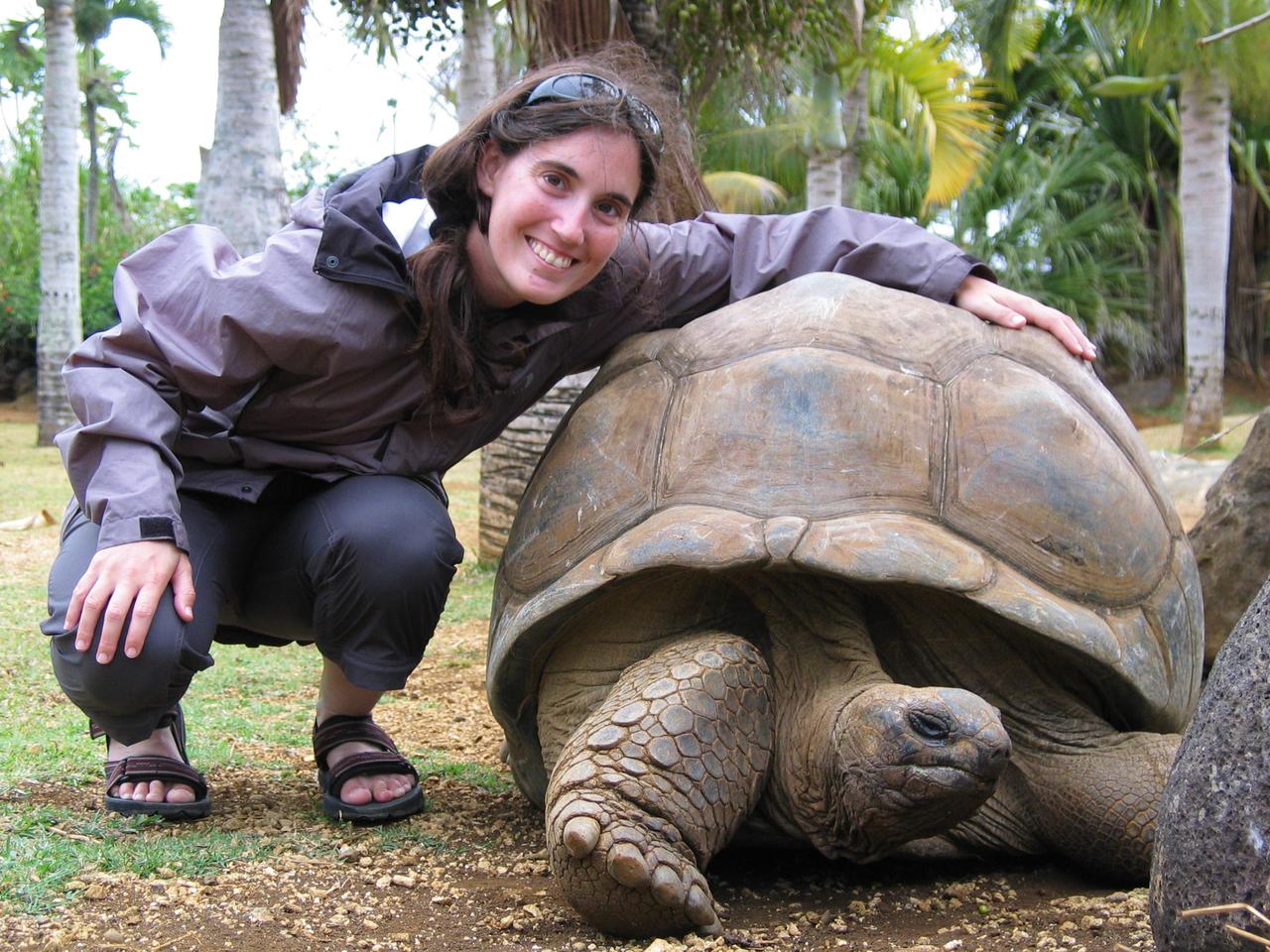
When the first settlers arrived in the Mascarenes they found the place literally covered by giant tortoises. In some places you could walk 100 steps on the backs of these animals without touching the ground. The settlers happily set about capturing them all, and in a few decades the entire population became extinct.
If you’re wondering what use an 80-kg human might have for so many 250-kg reptiles, the answer is that if you put a few tortoises on a ship, you have a supply of fresh meat for several months. We don’t know about the taste, but for sailors the alternatives were much less appealing.
Two populations of giant tortoises managed to survive - the famous one in the Galapagos, and the much larger one in Seychelles. At La Vanille there’s a breeding program for Seychelles tortoises, with about 100 of them crawling around in an open “savannah”. Visitors are allowed to touch them, sit on their back, and basically do whatever they like, except scratch the shells with a rock (there’s a sign telling people not to do that, can you believe?!)
Creole Food
Curiously, the first three times we were served Creole food, it was exactly the same food: chopped sausages, white rice with legumes, chou-chou pie. Eventually we found that they do have some variety in their cuisine. Here’s a quick glossary of Creole food.
- “Tomates”: looks and sounds like tomato salad, but it’s actually a very potent chilli sauce. Should not be tried without a drink handy.
- Chou-chou: a local vegetable, kind of a cross between potato and zucchini. Used in pies and gratins, but also in cakes, confiture, and what not.
- Rhum arrangé: a homemade drink of rum and tropical fruit.
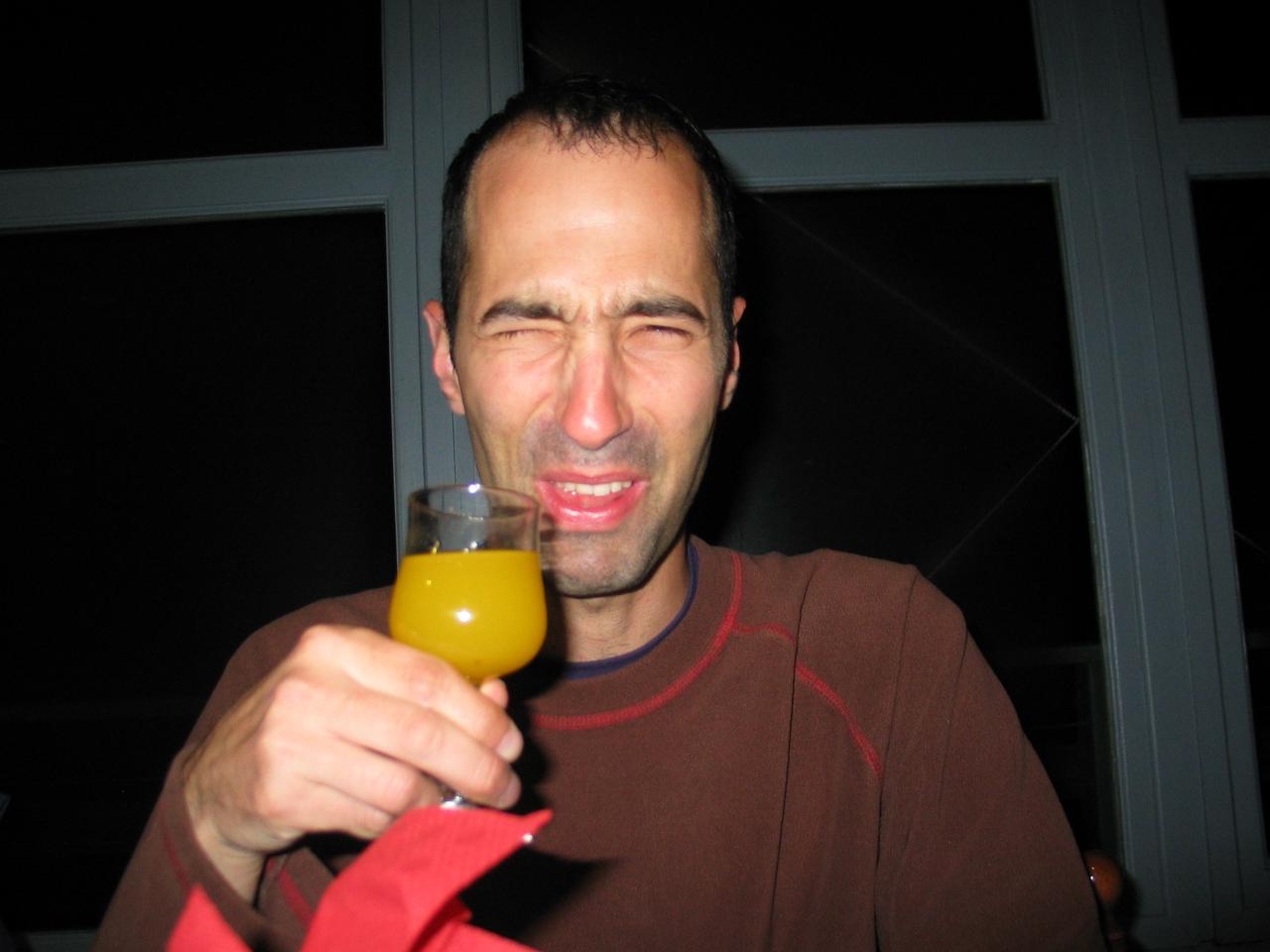
- Ananas: is there any language except English in which this fruit is NOT called ananas? Anyway, one of the goals for this trip was to eat lots of tropical fruit, and we’re glad to say that we ate ananas almost every day. It goes great in everything from cocktails to kebabs.
- Thailand: packaged tropical produce (e.g. coconut cream, fruit juice) is almost invariably imported from Thailand (6,000 km away). The same phenomenon was observed in the Cook Islands (11,500 km from Thailand).
- “Malta”: non-alcoholic beer marketed by Guinness. Tastes like dead tortoise juice.
- Chicken: with much of the population of Mauritius either Hindu or Muslim, the business case for selling beef and pork is a little shaky. Many places stay on the safe side by just selling chicken. It’s completely voluntary though - no one is going to bother you for eating the wrong animal.
Road Rules - Réunion
- Road shoulders are for wimps. There are no wimps (and no shoulders) in Réunion.
- Bus drivers must fold their side mirrors before going into a tunnel, or risk losing them.
- Beware of: blind curves, Parisian drivers, lava flows.
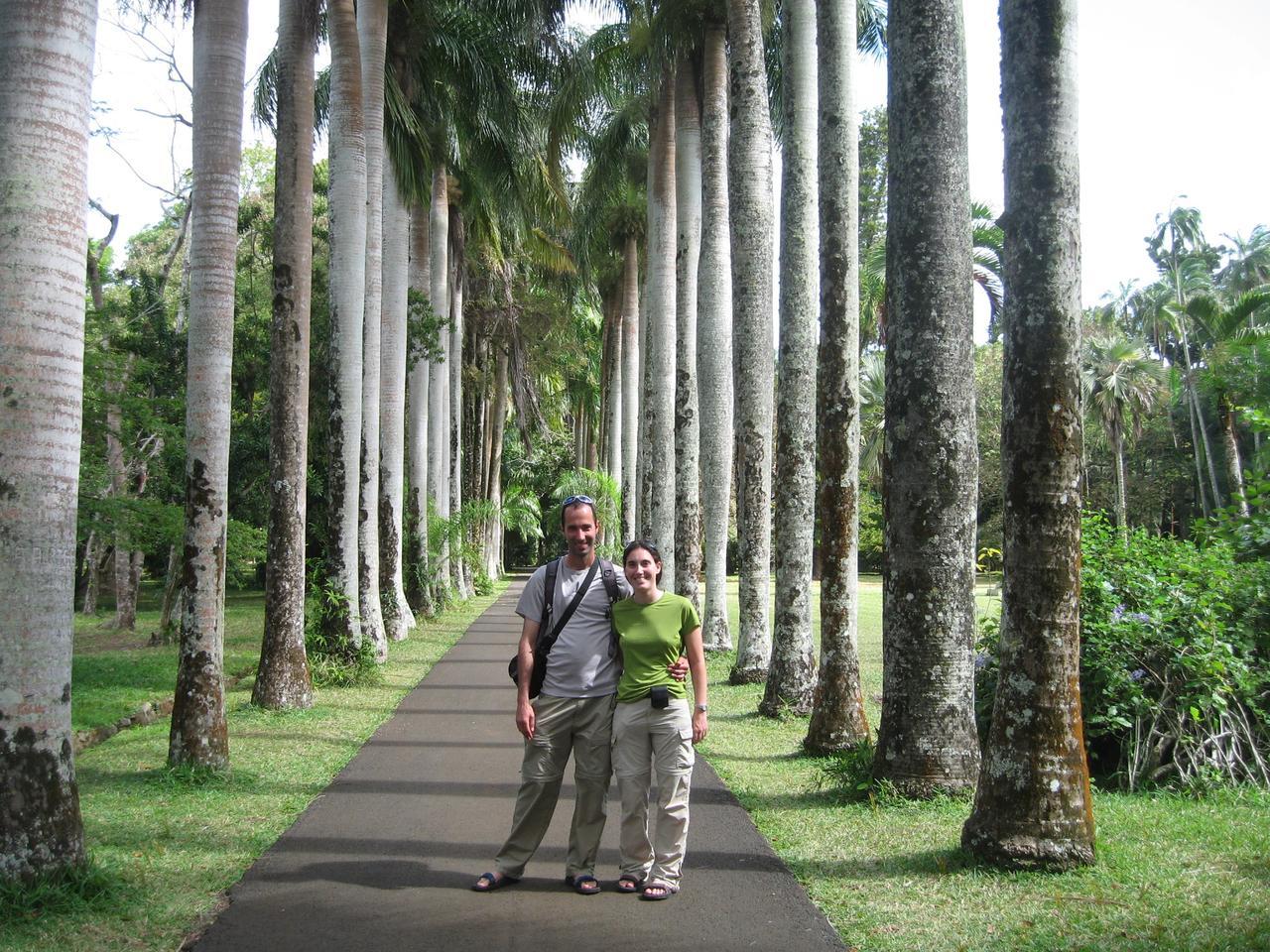
Road Rules - Mauritius
- Dogs have right of way, followed by pedestrians, bicycles, motorcycles, buses, tractors with huge loads of sugar cane, and cars.
- Driving is on the left - except when a bus is blocking the way, in which case driving is on the right, or on the sidewalk, or wherever you have to go to overtake the damn bus.
- The horn is your friend; use it as often as possible. Remember - honking means “hello”.
- The placing of speed bumps at every opportunity is required by law. Speed bumps keep children safe and auto mechanics employed. The height of a speed bump shall be no less than 0.5 m.
- All buses must be decorated with dopey messages such as “have a lovely day”.
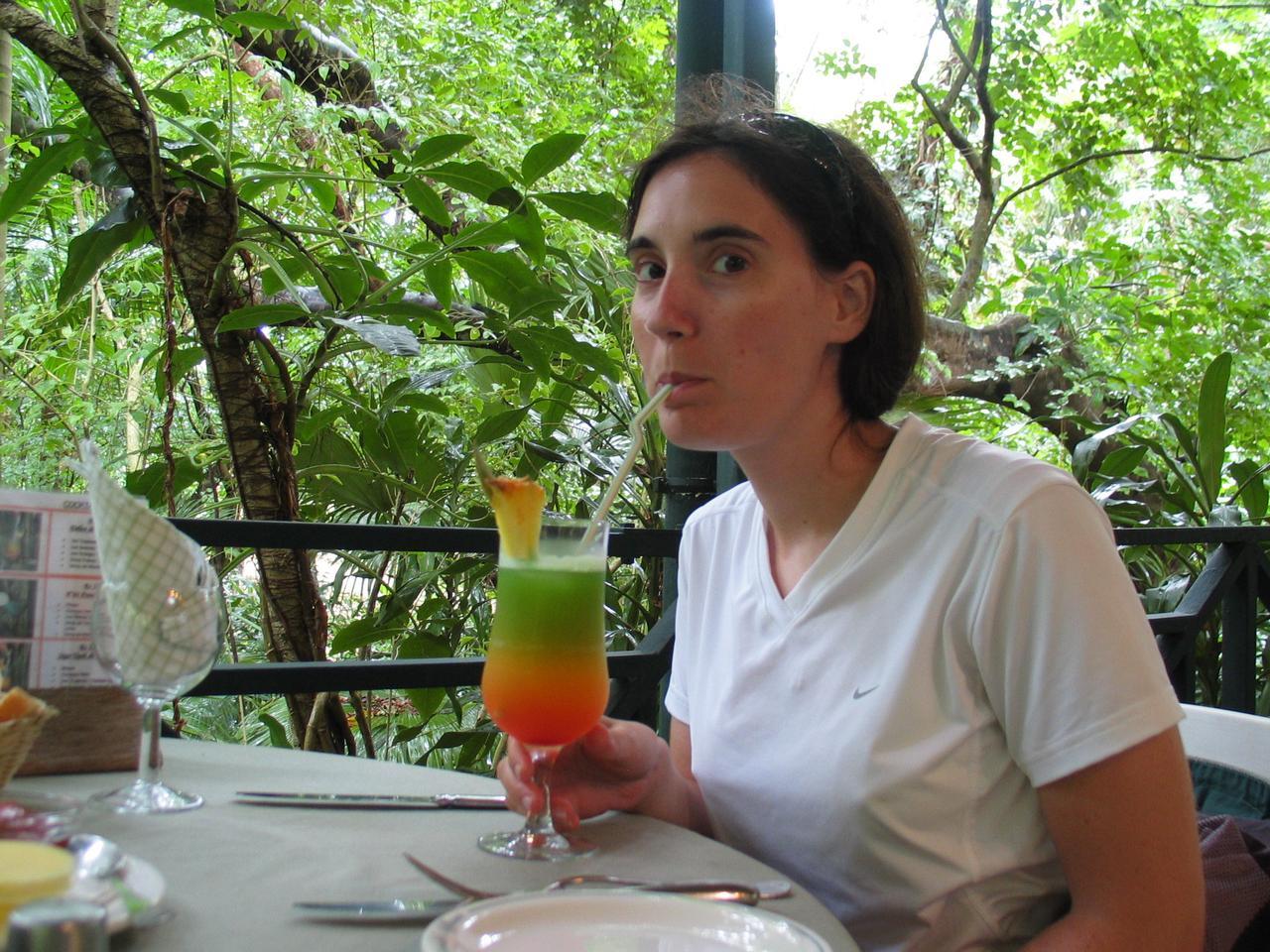
The Hall of Shame
- Spending 17 hours in airplanes just to get to the islands.
- Nearly freezing at night in the mountains of Réunion. Tropical island my arse! Where’s that global warming when you need it.
- Walking 2 hours in deep mud to see a waterfall that looked much nicer on Google.
- Sleeping in the third-floor bunk bed just below the ceiling, at Caverne Dufour guesthouse in Réunion; waking up at 3 a.m. because the other 18 people in the room are off to see the sunrise from the highest peak on the island (of course we went too).
- Warding off taxi drivers, shopkeepers, necklace makers and other nuisances in Mauritius.
- Listening to 1,200 in-flight messages on the way from Paris to Tel Aviv, each repeated in French, English, Hebrew, Japanese, and Spanish.
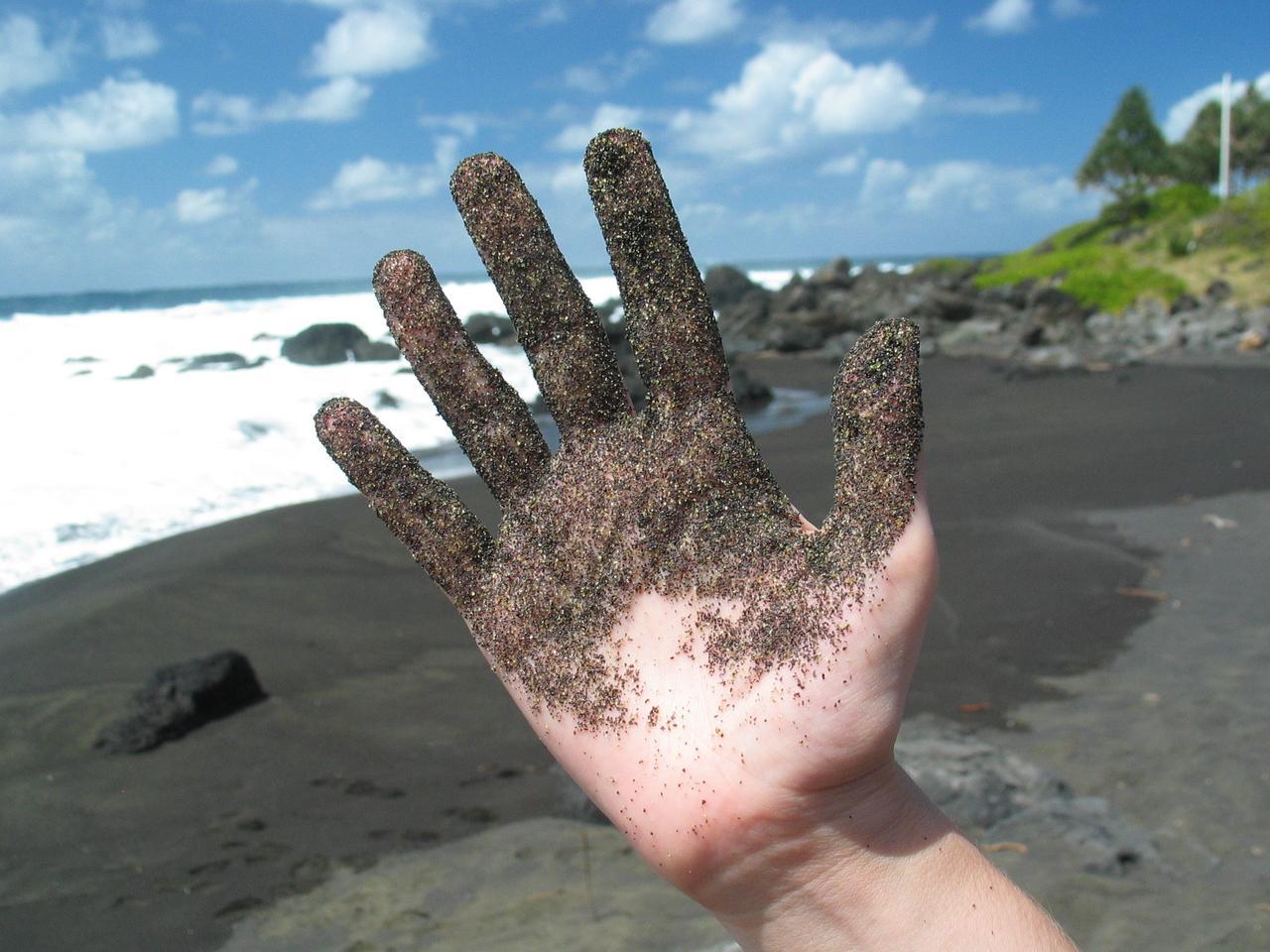
See more photos from Réunion and Mauritius here.